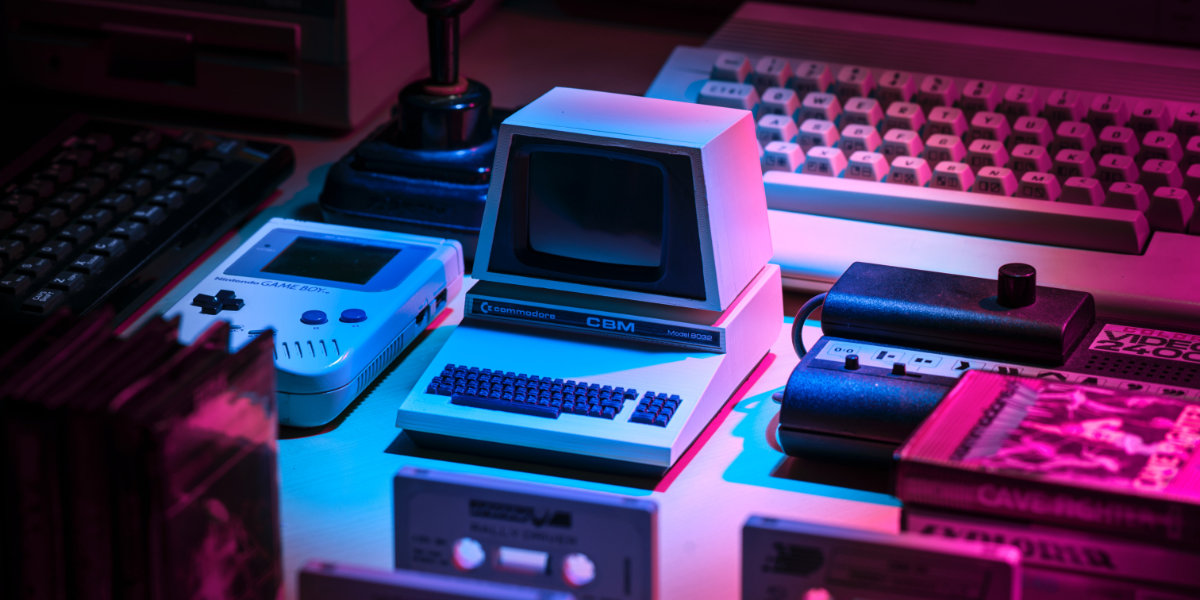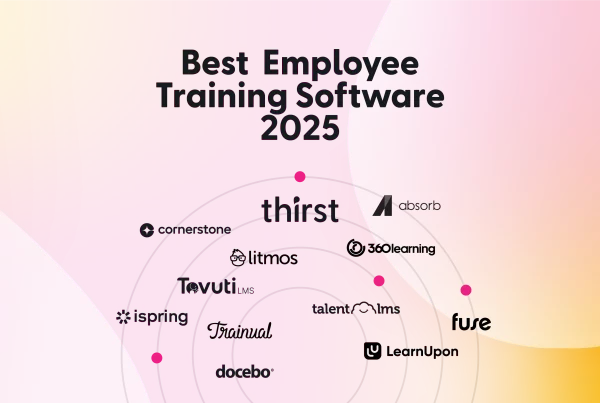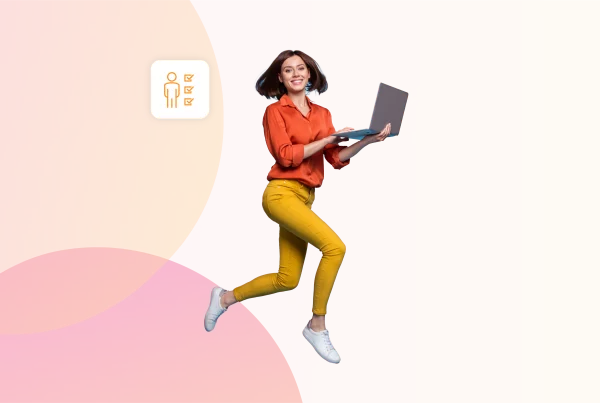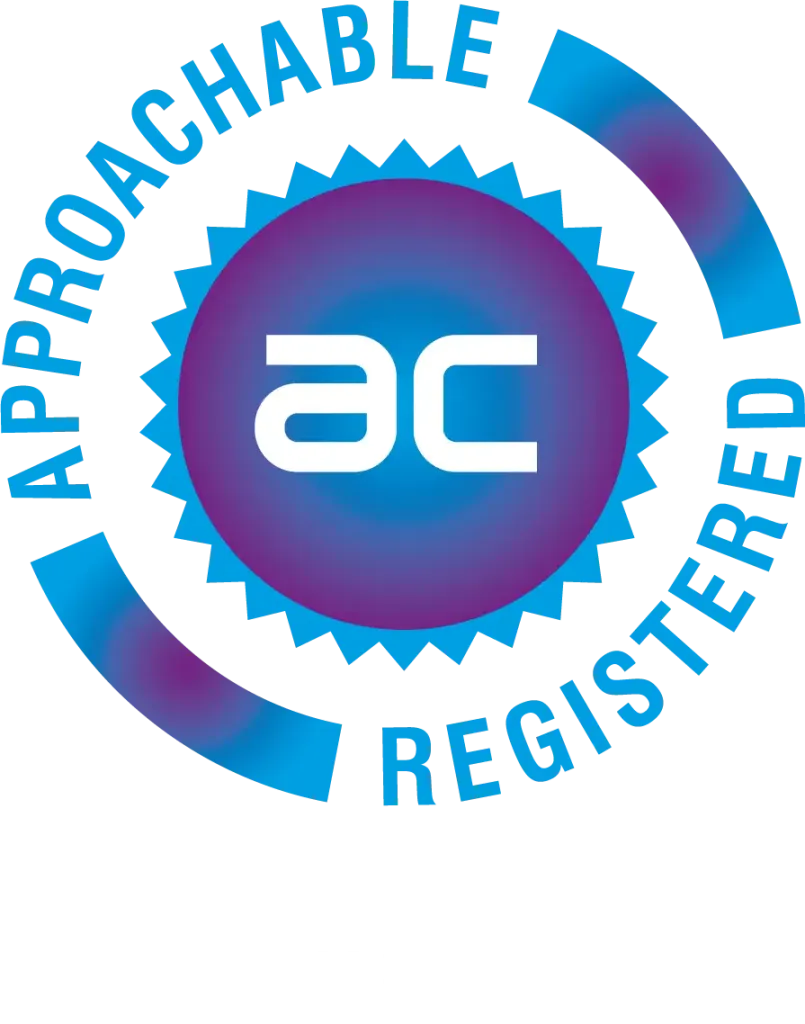Technological advances in the learning sector have given educators and businesses more options than ever to pass on knowledge. Online learning platforms are being used to upskill for a fraction of the time and cost of traditional learning methods. This flexibility has everyone asking the same question: What’s next?
Being able to predict the future is, as we all know, impossible; the world we live in changes so rapidly, but here is our list of the tech we think will rise to the top over the next couple of years.
AI for personalised content
Social media was one of the first industries to break away from a traditional linear feed of content recommended chronologically. Today, almost all content consumption platforms (social media, music and video streaming, etc.) use sophisticated algorithms to interpret and understand your behaviors and preferences, and then present the most relevant content for you, to you.
Instagram, Twitter and Facebook have long been using this “most relevant” method, which begs the question, why has this not become a universal standard? And even more specifically, why isn’t personalised content the standard in e-learning?
With Thirst, users’ direct interactions with the platform influence the content that is recommended to them, including their interests, preferred content types, durations, sources and more. Each interaction gives the platform a better understanding of each individual user and what type of learning content to provide to them for maximum engagement and the most intuitive learning experience.
Virtual reality in e-learning
Okay, so virtual reality seems to have been on the cusp of every single “emerging technology” list for the past 15 years but the practical application of VR in e-learning is unquestionable.
The idea of being able to demonstrate a concept to a student through virtual reality may seem far-fetched but there are legitimate practical applications relevant to many industries right now. We’re seeing more opportunities and industries where this technology is becoming integral to demonstrations.
The scientific community is seeing direct uses for virtual reality by creating 3D models of objects, structures and blueprints which can then be collaboratively worked on by a multitude of users in real-time.
While virtual reality is becoming more accessible and easier to implement on a larger scale, the biggest barrier is likely still the expensive cost of hardware. Signs that this is on the move, though, are in the smartphone market where some of the latest devices are able to give limited but still credible VR experiences with little adaptation.
Mobile learning
Previous an add-on or afterthought, mobile learning is now taking centre-stage, and in many instances is becoming the priority for product teams, with traditional desktop device learning coming second. Mobile learning opens the possibility of learning on the go, anywhere, and at any time, and presents more opportunities to interact with content in real-life scenarios. The way we use our mobiles, in multiple short bursts (think little and often), is also influencing a change in how we consume, to a more bite-sized approach.
According to Lifehack we are at our most engaged between the hours of 8am and 10am, the start of the day when our minds are clearest, having not yet been bombarded with the cognitive load of work and life. 8-10am also happens to be the time of day many of us are commuting, which provides both the time, opportunity and motivation to be stimulated and engaged. With mobile learning, specific content can be pushed at the times most relevant to your lifestyle and routine.
Taking a mobile-first approach in its design, Thirst satisfies all of these factors and more, giving you the means to study according to your own personal learning preferences (which it learns from you), anywhere, at any time, and on any device.
LXP
If you’ve used an online learning platform in the past, the likelihood is that it will have been a Learning Management System (LMS). These systems were designed with the learning manager in mind, and are usually sophisticated in features, but lacking in their ease-of-use, adaptability and personalization.
Learning Experience Platforms (LXPs), on the other hand, focus more on a higher quality end-user experience with a modern user interface, and harness the power of new and emerging tech to enrich a user’s learning. However, many lack the feature set of an LMS and can be just as costly and difficult to setup.
Thirst is the best of both worlds – a learning and knowledge platform that uses intelligent AI and machine learning to deliver an engaging, truly personalised learning experience for each and every user, blending the ease-of-use and modern functionality of an LXP with the rich features and analytics of an LMS. The result: an online learning environment your employees will actually want to use!
IOT in e-learning
IOT (internet of things) systems are connecting together and becoming integrated with almost every part of our lives. From fridges to coffee machines, lightbulbs to thermostats, IOT tech is creating a noticeable presence to give us more control and customisation at the touch of a button. There are multiple possible applications for IOT technology within e-learning, with one of the most exciting applications being the advancement of smart white boards.
Smartboards replace the trusty blackboard/traditional whiteboard with an interactive, cloud-based version of chalk and slate. Learners are able to witness changes an educator is making to a board in real-time, and the data is available for immediate export into jpeg and other image formats. This practical example of IOT in e-learning could have a real benefit in the delivery of remote training (something we’ve all had to get used to during the pandemic) and just scratches the surface of the possibilities.
How far away is all of this?
None of these technologies are brand new – many have been on the radar for a while – but it is only now that their benefits are really starting to be understood, and the difference they can make to e-learning really be appreciated and exploited. We recognise this, that’s why we built Thirst, a game-changing online learning platform that will transform your learning.







